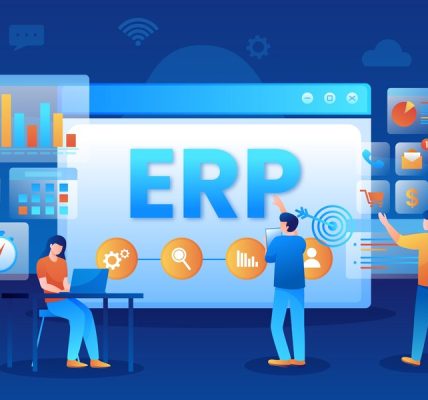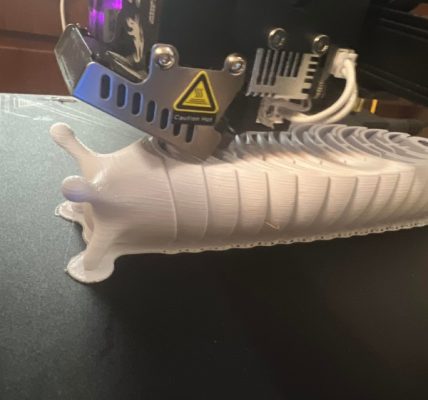In today’s fast-paced business environment, efficient human resource management is critical to organizational success. HR Management Systems (HRMS) software has emerged as a transformative tool in this domain, revolutionizing various HR functions. This blog will explore how HRMS software streamlines employee onboarding and performance management, driving productivity and employee satisfaction.
What is HR Management Systems Software?
HR Management Systems software, often called HRMS or HRIS (Human Resource Information System), is a digital solution designed to automate and manage HR tasks and processes. These systems integrate various HR functions, including recruitment, onboarding, payroll, benefits administration, performance management, and employee data management. By centralizing these functions, HRMS software enhances efficiency, reduces manual workload, and provides valuable insights through data analytics.
The Importance of Streamlined Employee Onboarding
Employee onboarding is a critical phase that sets the tone for a new hire’s experience with the company. A streamlined onboarding process can significantly impact employee engagement, retention, and productivity. Here’s how HRMS software facilitates an effective onboarding process:
Automated Paperwork and Documentation
Traditional onboarding involves many paperwork, from employment contracts to tax forms. HRMS software automates these tasks, allowing new hires to complete and submit documents electronically before their first day. This saves time and ensures accuracy and compliance with legal requirements.
Personalized Onboarding Experience
HRMS software can customize the onboarding process to suit the new hire’s specific role and department. This includes tailored training programs, relevant resources, and introductions to key team members. Personalization helps new employees feel valued and supported, leading to higher engagement.
Task Management and Tracking
Onboarding involves multiple steps and stakeholders. HRMS software provides task management features that assign, track, and remind stakeholders of their responsibilities. This ensures that no steps are overlooked and that the onboarding process progresses smoothly. The Employee Tracking App also useful for HR.
Integration with Other Systems
HRMS software often integrates with other company systems, such as IT and facilities management. This ensures new hires have all the necessary tools and access rights from day one, facilitating a seamless transition into their new role.
Feedback and Improvement
Continuous improvement is essential for a successful onboarding process. HR software enables the collection of feedback from new hires regarding their onboarding experience. This feedback can be analyzed to identify areas for improvement, ensuring that the process evolves to meet the needs of future employees.
Enhancing Performance Management with HRMS Software
Performance management is a crucial aspect of HR that influences employee development, satisfaction, and organizational growth. HR automation tool enhances performance management in several ways:
Continuous Performance Tracking
Traditional performance reviews, often conducted annually, can be inadequate for providing timely feedback. HRMS software allows for continuous performance tracking, where employees and managers can set goals, monitor progress, and provide real-time feedback. This ongoing dialogue helps employees stay aligned with organizational objectives and fosters continuous improvement.
Objective and Fair Evaluations
It utilizes data analytics to provide objective insights into employee performance. This reduces the risk of bias and ensures that evaluations are based on measurable criteria. Objective performance evaluations promote fairness and transparency, essential for maintaining employee trust and morale.
Development and Training Programs
Identifying skill gaps and providing appropriate training is crucial for employee development. HRMS software can analyze performance data to identify areas where employees need improvement. It can then suggest relevant training programs and track their completion. This targeted approach to development helps employees grow in their roles and enhances overall organizational capabilities.
Recognition and Rewards
Recognizing and rewarding employees for their achievements is vital for motivation and retention. It can automate recognition programs, ensuring employees receive timely acknowledgement for their contributions. This can include automated notifications for milestones, achievements, and anniversaries, fostering a culture of appreciation.
Enhanced Goal Setting and Alignment
Precise goal setting and alignment with organizational objectives are fundamental to effective performance management. They enable managers and employees to set SMART (Specific, Measurable, Achievable, Relevant, Time-bound) goals. They also allow for aligning individual goals with broader organizational strategies, ensuring that every employee’s efforts contribute to the company’s success.
Real-Time Feedback and Communication
Effective performance management relies on continuous feedback and open communication. HR Management Systems software facilitates real-time feedback mechanisms, allowing managers to provide constructive feedback and recognition as events occur. This immediacy helps employees understand their performance and make timely improvements, creating a dynamic and responsive work environment.
The Role of Data Analytics in HRMS Software
Data analytics is a powerful feature of HR software that provides deep insights into various HR processes. In the context of onboarding and performance management, data analytics offers the following benefits:
Predictive Analytics for Better Decision-Making
It can leverage predictive analytics to forecast employee performance and potential. Organizations can identify high-potential employees and tailor development plans by analyzing historical data and performance trends.
Identifying Trends and Patterns
Analyzing onboarding and performance data helps HR professionals identify trends and patterns. For instance, if specific departments consistently experience high turnover, this data can prompt a deeper investigation into the underlying causes and inform corrective actions.
It allows organizations to measure HR initiatives’ return on investment (ROI). By tracking key performance indicators (KPIs) related to onboarding and performance management, companies can assess the effectiveness of their strategies and make data-driven adjustments.
Enhancing Employee Engagement
Data-driven insights into employee engagement levels can help HR teams design targeted interventions to improve morale and productivity. For example, HR can implement initiatives to boost motivation and satisfaction if data indicates low engagement during specific periods.
Conclusion
HR Management Systems software is revolutionizing how organizations manage employee onboarding and performance management. By automating processes, providing personalized experiences, and leveraging data analytics, Human resource management software enhances efficiency, accuracy, and employee satisfaction. Adopting advanced HRMS solutions will be crucial for maintaining a competitive edge and fostering a productive, engaged workforce as businesses evolve.
Investing in HRMS software is not just about keeping up with technology trends; it’s about transforming HR practices to create a more agile, responsive, and employee-centric organization. As the workplace continues to change, HRMS software will play an integral role in shaping the future of human resource management.





